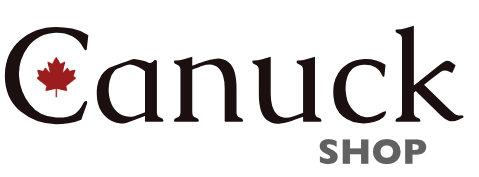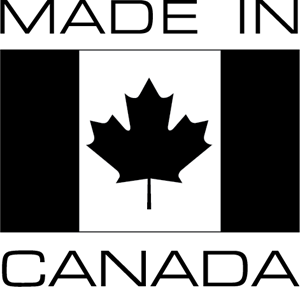🇨🇦 Canuck Shop: Your Guide to Authentic Canadian Products
At Canuck Shop, we’re proud to celebrate true Canadian craftsmanship. But not all products labeled “Canadian” are the same. To help you make informed choices, we’ve categorized products based on their Canadian content and production standards. When shopping for products, not all “Canadian” products are equally “Canadian”.
We classify each brand by where it was founded, who owns the company and where they manufacture their products. Though even the latter can be quite complex.
Food Products
1. “Product of Canada” (98%+ Canadian)
Examples:
- Pure maple syrup from Quebec trees, processed and bottled in Canadian facilities
- Alberta beef raised, processed, and packaged in Canada
- BC wild salmon caught by Canadian boats, processed with minimal imported glazing
- Ontario cheese made from Canadian milk, with trace imported cultures
- Prairie wheat bread using Canadian grain (imported yeast <2%)
2. “Made in Canada”
a) “Made in Canada from domestic and imported ingredients”
Examples:
- Chocolate bars made in Quebec using Canadian milk/sugar but imported cocoa
- Granola produced in Ontario using Canadian oats with imported nuts and dried fruits
- Ice cream manufactured in Nova Scotia using Canadian dairy and imported vanilla
- Berry preserves made with mixed Canadian/imported fruit
b) “Made in Canada from imported ingredients”
Examples:
- Coffee roasted in Vancouver using 100% imported beans
- Spice blends packaged in Toronto using imported spices
- Fruit juices processed in Canada from imported concentrate
Manufactured Items
1. “Product of Canada” (98%+ Canadian costs)
Examples:
- Wool toques knitted in Winnipeg using Canadian wool and labor
- Solid wood furniture made in BC using Canadian lumber
- Candles made from Canadian beeswax in Saskatchewan
- Hockey sticks manufactured from Canadian maple
- Pottery made from Canadian clay in Nova Scotia
2. “Made in Canada” (51%+ Canadian costs)
Examples with qualifying statements:
- “Made in Canada with imported parts”: Bicycles assembled in Ontario using mixed components
- “Made in Canada with imported materials”: Winter coats sewn in Montreal using imported fabric
- “Made in Canada with domestic and imported materials”: Outdoor gear using Canadian leather, imported zippers
3. Alternative Claims (When standards not met)
Examples:
- “Assembled in Canada from imported parts”: Electronics assembled in Canadian facilities
- “Designed and engineered in Canada”: Tech products designed in Canada but manufactured overseas
- “Canadian [component] used”: Boats with “Canadian-made motors”
Key Features to Look For:
Food Products:
- Mandatory qualifying statements
- Origin of ingredients clearly stated
- CFIA regulation compliance
- No mixed-origin claims for “Product of Canada”
Manufactured Items:
- Production cost percentage
- Location of final transformation
- Specific qualifying statements
- Competition Bureau compliance

